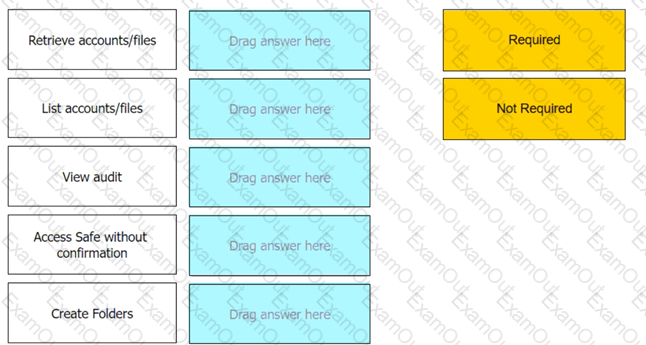One Time Passwords (OTPs) are passwords that are valid for only one use or a limited time period. The primary purpose of OTPs is to reduce the risk of credential theft, which is a common attack vector for hackers and malicious insiders. By using OTPs, the exposure of the credentials is minimized, and the attacker cannot reuse the stolen password to access the target system. OTPs also enhance the security of the authentication process, as they add an extra layer of verification to the user’s identity. OTPs can be generated by various methods, such as SMS, email, hardware tokens, software tokens, etc1.
The other options are not the primary purpose of OTPs, because:
B. More frequent password changes. This is not the primary purpose of OTPs, but a consequence of using them. OTPs require more frequent password changes, as they expire after one use or a limited time period. However, this is not the main goal of using OTPs, but rather a means to achieve the goal of reducing the risk of credential theft.
C. Non-repudiation (individual accountability). This is not the primary purpose of OTPs, but a benefit of using them. Non-repudiation means that the user cannot deny performing an action or accessing a resource, as there is sufficient evidence to prove their identity and activity. OTPs can help achieve non-repudiation, as they are unique and personal to each user, and can be traced back to the user’s device or account. However, this is not the main goal of using OTPs, but rather an advantage of using them.
D. To force a ‘collusion to commit’ fraud ensuring no single actor may use a password without authorization. This is not the primary purpose of OTPs, but a feature of using them. OTPs can help prevent unauthorized access to privileged accounts, as they require the user to have both the OTP and the regular password to access the target system. This means that no single actor can use the password without authorization, as they would need the cooperation of another actor who has the OTP. However, this is not the main goal of using OTPs, but rather a capability of using them.
References:






